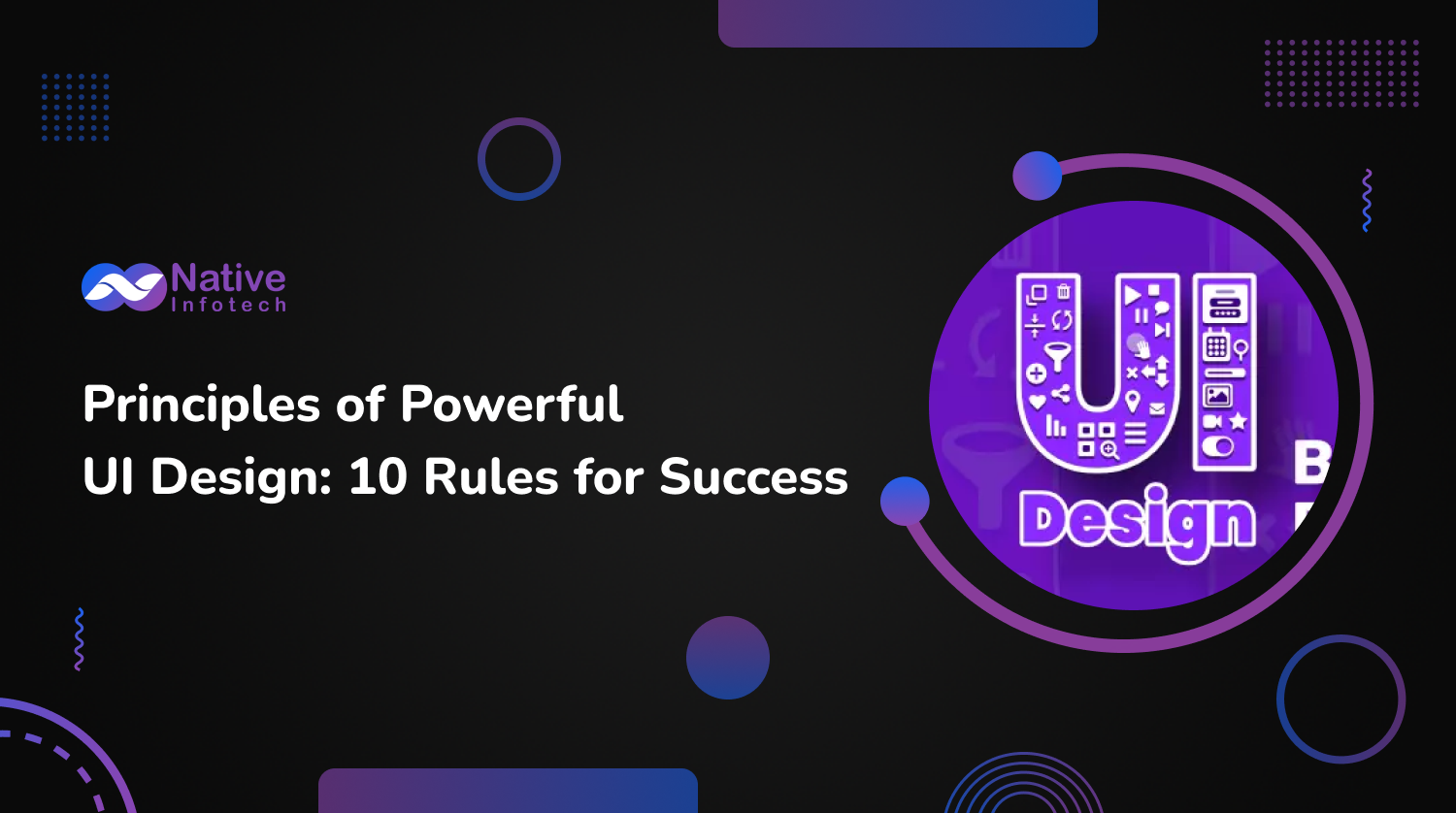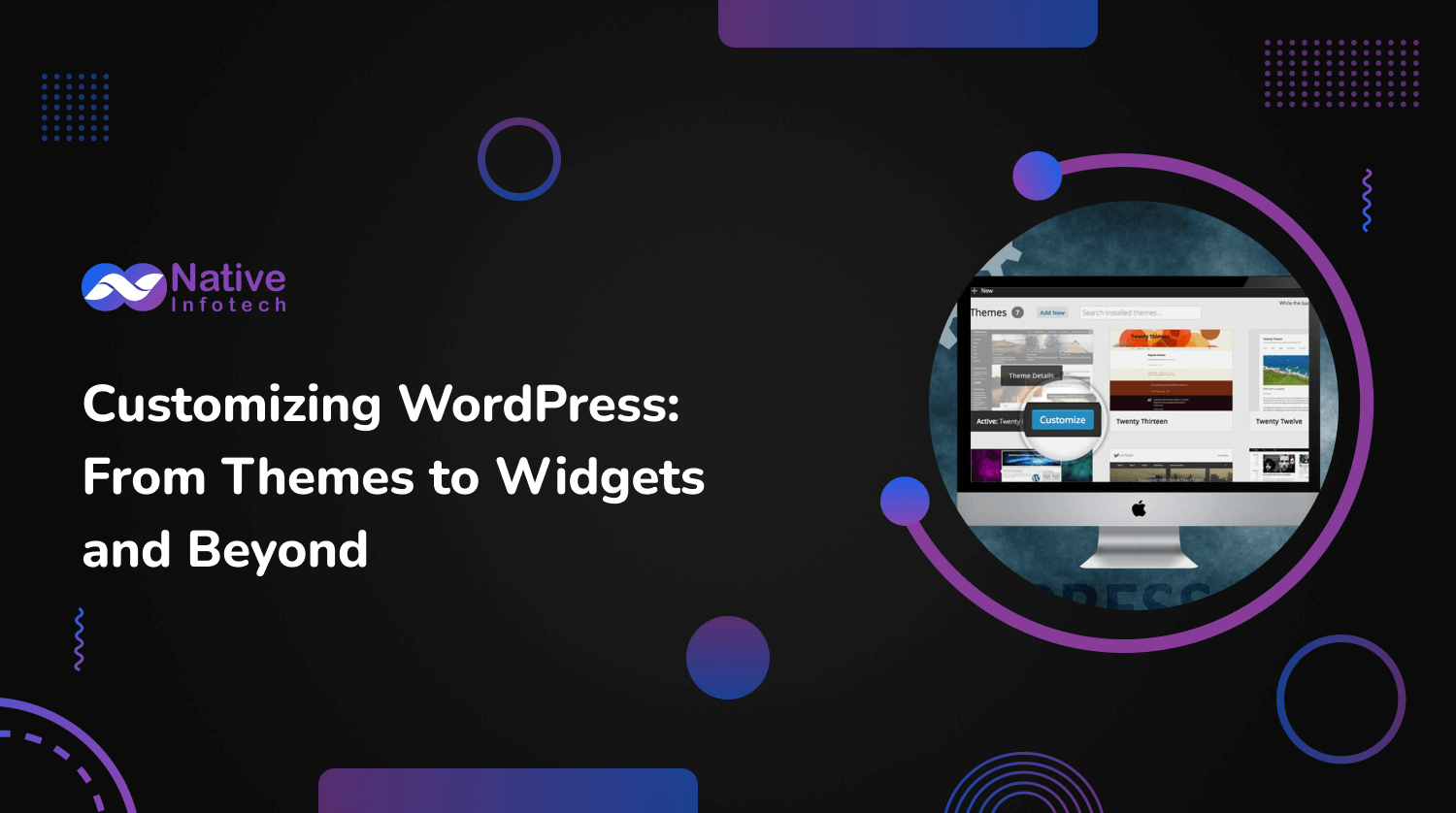
In the fast-moving world of creating websites and apps, designing the user interface (UI) is very important for making users happy and helping a business succeed. A good UI makes a website or app look nice and work smoothly, offering a pleasant and engaging experience for users. Here are ten basic rules of great UI design that can make your project better, increasing how much users enjoy and interact with it.
1. Clarity Above All
The main aim of any user interface (UI) is to let users use your system easily. Clarity makes sure that users get how to use your interface from the start. Every visual detail and content should be made to be easily understood right away. Avoid complex words, make the design simple to follow, and always focus on being straightforward in your design.
2. Consistency is Key
Consistency in UI design means using the same style and behavior throughout your app or website. This includes using similar icons, fonts, button styles, and colors. A consistent design helps users learn how to use your product faster because they can guess how things will work and move around your website or app more easily.
3. Responsiveness and Interactivity
Consistency in UI design means using the same style and behavior throughout your app or website. This includes using similar icons, fonts, button styles, and colors. A consistent design helps users learn how to use your product faster because they can guess how things will work and move around your website or app more easily.
4. Speed and Efficiency
Users want fast interactions with little waiting. Make your UI design quick by reducing loading times and making tasks simpler, which makes users happier. Make things like filling out forms or searching easier, and use features like predictive text or auto-fill when they make sense. A speedy UI makes users feel more efficient and successful.
5. Accessibility for All
Accessibility means making sure your UI can be used by everyone, including people with disabilities. This involves designing for different kinds of challenges, using colors that stand out from each other well, allowing navigation through the keyboard, and making sure screen readers can read your content. Designing with accessibility in mind helps more people use your product and shows that you care about including everyone.
6. Aesthetic Integrity
Aesthetic integrity means how well your app looks matches what it does. Your UI design should not only be pretty but also show what kind of experience you want users to have. For example, a finance app might look serious and professional to show it’s safe and trustworthy, while a kids’ app might use lots of bright colors and fun animations to show it’s playful and enjoyable.
7. User Control and Freedom
Users sometimes pick the wrong thing or want to change their minds. Make sure your UI lets users undo things easily and find ways to go back if they don’t want to continue. Features like “undo” or “back” buttons give users the freedom to try things out without worrying they’ll mess up something they can’t fix.
8. Reduce Cognitive Load
The brain can only handle so much at once, so your UI should make things easy to understand. You can do this by breaking tasks into small parts and using pictures to show information clearly. The less users have to think when using your UI, the more they’ll enjoy it.
9. Predictability
Create a predictable UI where similar actions yield consistent results. This predictability helps users feel more comfortable and confident as they navigate through your system. It reduces confusion and helps users develop familiarity with the interface quicker.
10. Focused Interaction
Guide your user’s attention in your UI design. Whether it’s a sign-up form, a button to click, or important information, make sure these things are easy to see. Use how things are arranged, colors, and differences in how things look to help the user see what’s most important.
Conclusion
Implementing these ten rules of powerful UI design can significantly enhance your product’s user interface, thereby improving the overall user experience. Remember, a great UI is clear, consistent, responsive, efficient, accessible, aesthetically integrated, user-friendly, cognitively considerate, predictable, and strategically focused. By adhering to these principles, you’ll not only meet user expectations but also surpass them, ensuring your product stands out in a competitive digital landscape.
Exploring the Future: 5 Big Changes Coming to Computers in 2024 and How to Get Ready
Are you ready to dive into the future of computing? The year 2024 promises to be an exciting time for technological advancements, with significant changes expected to revolutionize the way we interact with computers. From quantum computing to augmented reality, here are five big changes coming to computers in 2024 and how you can prepare…
WordPress Trends 2024: What’s New and What’s Next?
As we get closer to 2024, WordPress remains a top choice for creating websites, running a large part of the internet. It keeps changing and growing, making it important for developers, marketers, and business owners to keep up with the new trends. This article looks at the upcoming trends for WordPress in 2024, giving tips…


